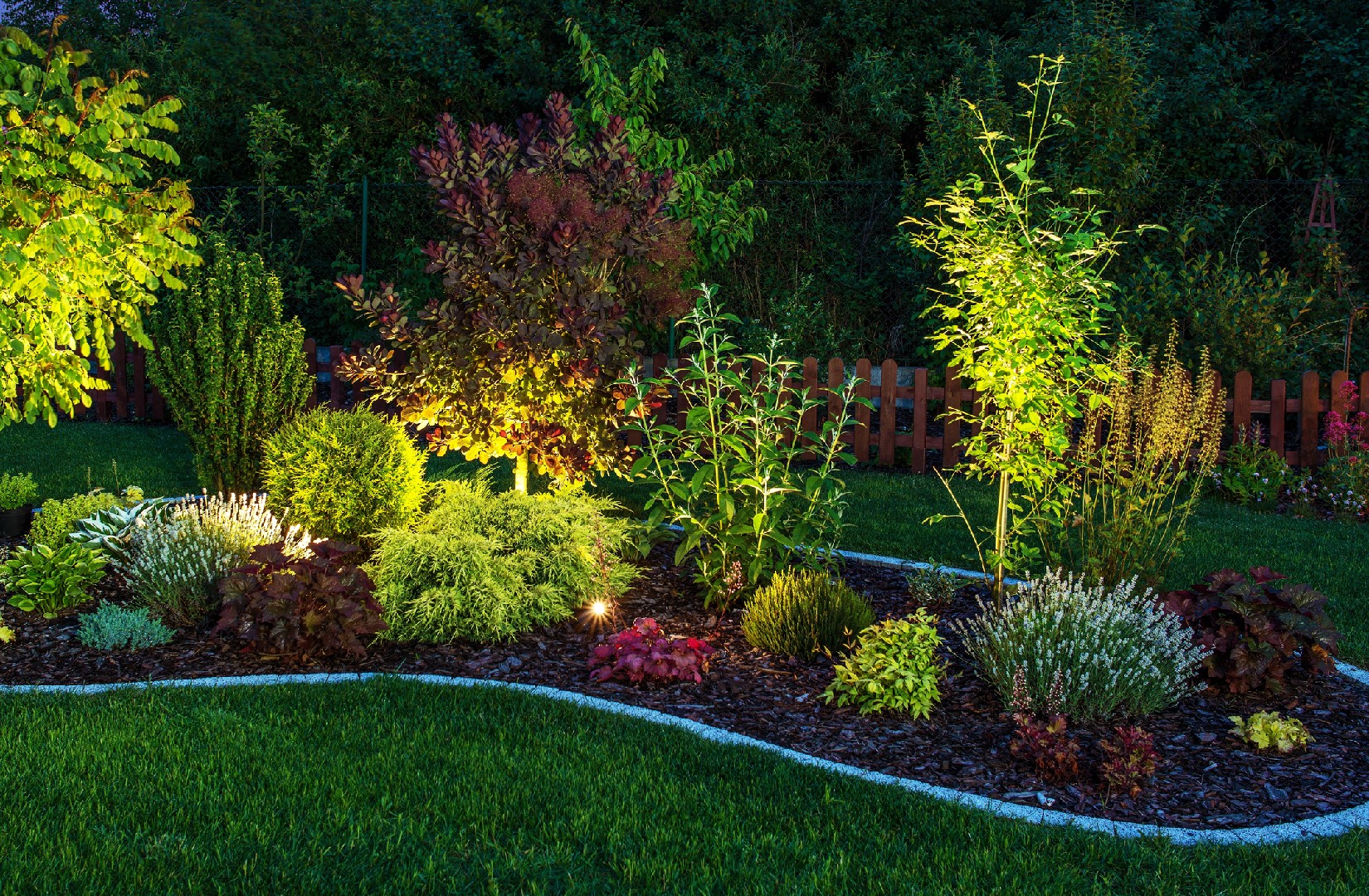![Rectangle]()
Maintaining the Glow: Installation and Maintenance Tips
When it comes to illuminated gardens, installation and maintenance are crucial aspects to consider in order to ensure a beautiful and long-lasting lighting display. In this section, we will explore the different options available for installation, as well as provide tips for effectively maintaining your lighting system.
Exploring DIY installation versus professional services:
One of the first decisions you need to make is whether to install the lighting yourself or hire professionals. DIY installation can be a cost-effective option if you have the necessary skills and knowledge. It allows you to have full control over the design and implementation of your lighting system. However, it requires careful planning and attention to detail, as electrical work can be dangerous if not done correctly. If you are unsure about your abilities or want a more complex design, it is advisable to hire professionals who specialize in landscape lighting.
Understanding the maintenance needs of different types of lighting systems:
Different types of lighting systems have varying maintenance requirements. It is important to understand these needs in order to keep your illuminated garden looking its best.
For solar-powered lighting systems, regular cleaning of the solar panels is essential to ensure maximum efficiency. This can be done using a soft cloth and mild detergent. Additionally, checking the connections and replacing any faulty parts is crucial to keep the system functioning properly.
For low voltage lighting systems, inspecting the wiring and connections is important to identify any loose or damaged components. Keeping the fixtures clean and free from debris will prevent obstruction of light and ensure optimal performance.
Offering solutions for common lighting problems like glare, light trespass, and overlighting:
Glare is a common issue in illuminated gardens that can be addressed by using fixtures with proper shielding or diffusers. These help to direct the light downward and reduce the intensity of the glare. Additionally, using warm white or amber-colored bulbs can create a softer and more pleasant ambiance.
Light trespass occurs when light spills into areas where it is not desired, such as neighboring properties or windows. To minimize light trespass, consider using fixtures with focused beams and proper aiming to confine the light to your garden. Installing motion sensors or timers can also help in ensuring that the lights are only active when needed.
Overlighting can negatively impact the aesthetics of your garden and cause light pollution. To avoid overlighting, carefully plan the placement and intensity of the fixtures. Use a variety of lighting techniques, such as uplighting, downlighting, and accent lighting, to create depth and texture while avoiding excessive brightness.
In conclusion, installation and maintenance are essential for achieving and maintaining a beautiful illuminated garden. Whether you choose to go the DIY route or hire professionals, understanding the maintenance needs of your lighting system and implementing solutions for common lighting problems will ensure a stunning display that enhances the beauty of your outdoor space.





